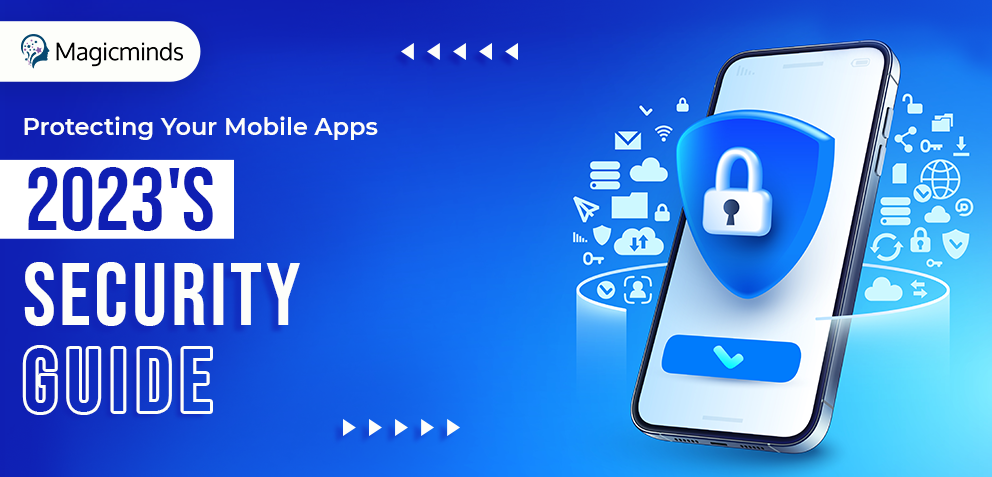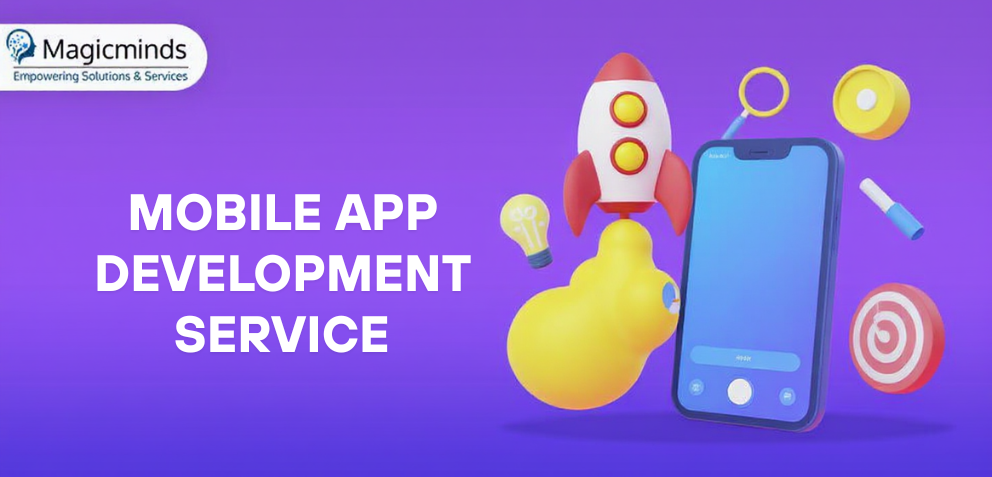2023 Mobile App Development Security: Essential Guidelines

Tags
 Stay In-the-loop
Stay In-the-loop
Get fresh tech & marketing insights delivered right to your inbox.
Share this Article
Category
- .Net Developer
- Adtech
- Android App Development
- API
- App Store
- Artificial Intelligence
- Blockchain Development
- Chatbot Development
- CMS Development
- Cybersecurity
- Data Security
- Dedicated Developers
- Digital Marketing
- Ecommerce Development
- Edtech
- Fintech
- Flutter app development
- Full Stack Development
- Healthcare Tech
- Hybrid App Development
- iOS App Development
- IT Project Management
- JavaScript development
- Laravel Development
- Magento Development
- MEAN Stack Developer
- MERN Stack Developer
- Mobile App
- Mobile App Development
- Nodejs Development
- Progressive Web Application
- python development
- QA and testing
- Quality Engineering
- React Native
- SaaS
- SEO
- Shopify Development
- Software Development
- Software Outsourcing
- Staff Augmentation
- UI/UX Development
- Web analytics tools
- Wordpress Development
Did you know that in 2022, Google Play accounted for 110.1 billion mobile app downloads, while iOS recorded 32.6 billion app downloads? (Business of Apps). However, with the ever-growing reliance on mobile app development, the risks associated with mobile app security have escalated significantly. The Mobile Security Report of 2021 reveals that a staggering 97% of organizations have grappled with mobile-related attacks, with a noteworthy 46% of employees inadvertently downloading at least one malicious application.
This article delves into the concerning statistics surrounding mobile app security and outlines crucial practices to safeguard your applications and the sensitive data they handle.
The Importance of App Security Backed by Data
Although, the increased reliance on mobile applications has made top mobile app development companies some unimaginable revenues but it has also made it easier for security flaws to occur.
The following are some worrisome data about mobile app security.
- Around 82% of Android devices are susceptible to at least one of the 25 vulnerabilities in the Android operating system.
- Business apps have a threefold higher likelihood of leaking login credentials, including personal and corporate data, compared to regular apps.
- Roughly one in four mobile apps contains high-risk security flaws.
- Even among apps with substantial user bases, such as those with five to ten million downloads, 50% have security vulnerabilities.
- Notably, a quarter of the two million apps available on Google Play exhibit security flaws.
Due to the critical relevance of data privacy in today’s correlated world, mobile app security must be given top priority by both individuals and organizations.
A Deep Dive into Mobile App Development Security Practices
A thorough mobile app development security checklist is provided in this article to assist in addressing the critical challenges of the domain.
Write a Secure Code
Code flaws and vulnerabilities during mobile app development, act as the initial gateway for potential attackers aiming to compromise your application. They may attempt to reverse engineer your code, even if it’s publicly accessible.
Cybersecurity research indicates a substantial 38% increase in cyberattacks throughout 2022, compared to the preceding year. On average, organizations reported a staggering 1,168 weekly attacks. To bolster your application’s security, it’s imperative to incorporate security considerations from the outset.
- Employ tactics such as obfuscation and minification to deter reverse engineering efforts.
- Maintain rigorous testing protocols, promptly addressing and resolving bugs.
- Structure your code for seamless updates and facilitate post-breach user-end patching.
- Additionally, implement code hardening and signing techniques for enhanced security.
Encrypt Your Source Code or All data
Even a minor coding oversight or the absence of thorough testing can introduce vulnerabilities or flaws into your app. These security gaps can be exploited by malicious actors or attackers, potentially paving the way to code tampering or reverse engineering.
Top mobile app development companies use encryption as a means of transforming your code text into an intricate jumble of alphanumerics, making it incomprehensible to anyone lacking the decryption key. This safeguard fortifies your app’s code because even in cases of data theft, the pilfered information remains indecipherable.
RELATED READ: 5G Revolution in Mobile App Development: A Deep Dive
Secure the Backend
Securing the backend is vital during the phase of android mobile app development process. It protects sensitive data and prevents unauthorized access. It ensures that your personal information remains confidential and safe when using mobile apps.
Many mobile apps operate using a client-server setup, making it crucial to implement security measures to protect backend servers from malicious attacks.
While developers often assume that only their programmed apps can access specific APIs, it’s imperative to verify all APIs for compatibility with the targeted mobile platform. This is because API authentication and transport methods can differ between platforms.
Use a Code-Signing Certificate
Beyond the implementation of technical mobile app development services, it’s crucial to establish code authenticity through a code-signing certificate. This involves digitally signing your code with a private key while sharing a public key for users to verify.
The code-signing certificate serves as a trust indicator, affirming your mobile app’s legitimacy and its untampered origin. Given that malicious entities sometimes mimic trusted sources to spread malware, this certificate provides users with confidence in the app’s authenticity.
However, it’s worth noting that code-signing certificates typically have a validity period of one to three years, necessitating regular renewal.
Use the Latest Cryptography Techniques
When it comes to dealing with security of mobile app development, it is important to keep up with the latest app security algorithms and techniques. To enhance your mobile app’s security against potential threats, employ the most up-to-date security algorithms available.
A widely recognized encryption algorithm is Advanced Encryption Standard (AES), known for its symmetric key approach, where the same key is used for encryption and decryption. AES offers various encryption options, including 512-bit and 256-bit encryption, as well as SHA-256 for hashing purposes.
Secure Data-in-Transit
Protecting sensitive information during its journey from the client to the server is one of the most essential mobile app development services to prevent privacy breaches and data theft.
Two common methods for achieving secure data-in transit are SSL (Secure Sockets Layer) and VPN (Virtual Private Network) tunnels. SSL encrypts data exchanged between a user’s device and a server, rendering it unreadable to unauthorized parties. Websites and mobile apps often use SSL to ensure secure communication, as indicated by ‘https://’ in the URL.
On the other hand, VPNs create a secure tunnel for internet traffic, encrypting data from the user’s device before it even reaches the internet. This added layer of protection is particularly valuable when connecting to untrusted networks or for safeguarding privacy.
RELATED READ: PWA Development: How to Evolve Your Business in 2023
Penetration Tests
A penetration test, often referred to as a pen test, is an authorized and controlled simulation of an attack conducted on a computer system to assess its security. Penetration testers employ identical tools, methodologies, and procedures as actual attackers with the goal of identifying and showcasing vulnerabilities within the system.
These tests typically replicate various types of attacks that could pose risks to a business. They evaluate the system’s resilience against assaults from both authenticated and unauthenticated sources, as well as different system roles.
Through routine and comprehensive penetration testing, you have the opportunity to detect and address these security flaws proactively, averting potential disruptions to your mobile app and preserving your compliance certifications.
User Authentications
Authentication essentially revolves around the use of passwords and individual identifiers, serving as gatekeepers for access. Insufficient high-level authentication measures can leave vulnerabilities that may result in security breaches.
To mitigate this risk, iOS and Android app developers should construct their applications to exclusively recognize robust alphanumeric passwords.
Additionally, implementing mandatory password changes at regular intervals can further enhance security. In cases where heightened security is imperative, the option of reinforcing authentication with biometric methods, such as fingerprint or retina scans, can be considered.
Ensure Secure Data Storage
As data regulations and privacy laws evolve due to increasing consumer mistrust and the introduction of over 27 online privacy bills by state legislatures, some developers still underestimate secure data storage.
Developers often opt to store sensitive data in a device’s local memory to shield it from users. However, it’s advisable to minimize such data storage due to heightened security risks.
When out of options, you can employ encrypted data containers or keychains. Furthermore, consider implementing an auto-delete feature to automatically remove data after a designated period.
Minimal Permissions
Permissions empower applications to function efficiently but also expose them to potential hacker threats. It’s essential for apps to request only relevant permissions aligned with their core functionalities while avoiding excessive or unnecessary requests.
Instead of reusing existing libraries, developers should craft new ones that judiciously seek specific permissions, promoting a more secure app environment.
API Strategy or Authorized APIs
When incorporating third-party services in your app, prioritize authorized APIs to ensure security and compliance. Unauthorized APIs can inadvertently provide hackers with unintended privileges, risking app rejection.
Beware of poorly coded APIs, as they may contain exploitable vulnerabilities. To enhance security, opt for centralized authorization mechanisms.
Be Aware of Third-Party Libraries
However, leveraging third-party libraries can streamline the development process and reduce the developer’s coding workload but it comes with inherent risks that need careful consideration.
As an example, there was a security flaw in Log4j’s communication functionality that permitted attackers to inject code into the logs. Shockingly, this vulnerability remained undetected for an extended period, spanning from 2013 to 2021!
To safeguard your mobile app from such risks, it’s essential to rely on trusted sources for your code, including controlled internal repositories, and enforce strict policy controls during the acquisition process.
Continual Testing and Updating
With each passing day, new threats emerge, necessitating timely updates to address these vulnerabilities before they can harm users’ devices. For instance, ransomware attacks like WannaCry and NotPetya, which encrypted Windows devices and demanded bitcoin ransoms in 2016 and 2017, sent shockwaves through the developer community.
Opting for a comprehensive mobile app testing solution streamlines the process of staying ahead of these threats. It automates testing as part of your continuous integration and continuous delivery (CI/CD) workflow.
Conclusion
As we conclude this exploration of mobile app security, it’s clear that the risks are real and ever-present. From vulnerabilities in code to the misuse of permissions and the potential dangers of third-party libraries, the threats are diverse and dynamic.
With a proactive approach that includes secure coding, robust authentication, regular testing, and staying up-to-date with the latest security measures, we can fortify our mobile apps against potential breaches and ensure the safety of user data.
With a proficient app development team, Magicminds can be your one-stop destination for end-to-end app development services– be it for Android apps or iOS. Our skilled team ensures industry-best app development security practices for the best outcome.


